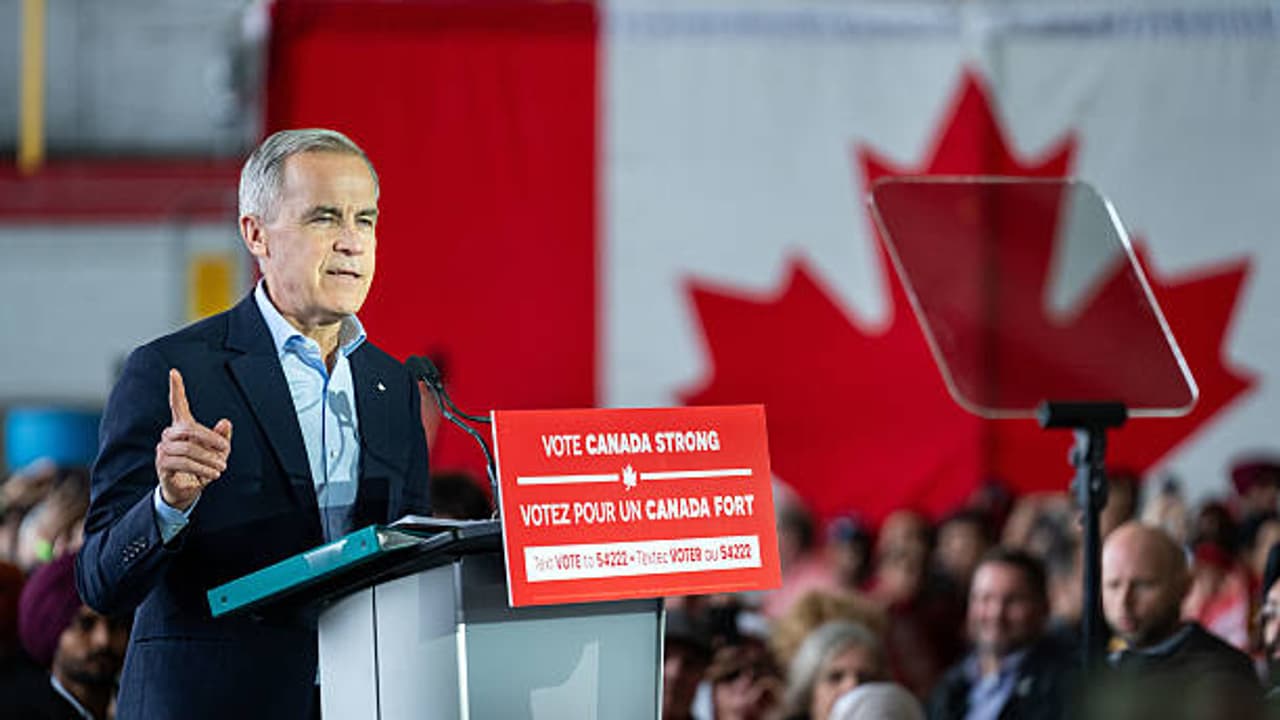Mark Carney and the Liberal Party's victory in the Canadian federal elections has set in motion a potential reset of one of the country's most strained international relationships with India.
Mark Carney and the Liberal Party's victory in the Canadian federal elections, outpacing Pierre Poilievre’s Conservatives, has set in motion a potential reset of one of the country's most strained international relationships with India.

Although Carney has secured the keys to the Prime Minister’s Office, his Liberals fell short of a parliamentary majority and will likely need the backing of smaller parties such as the Bloc Québécois to stay afloat in the House of Commons.
A diplomatic reset on the horizon?
For India, Carney’s ascent could open the door to a long-awaited diplomatic reset following a deeply strained relationship during Justin Trudeau’s leadership. Ties between New Delhi and Ottawa deteriorated sharply after Trudeau’s explosive accusation in September 2023, implicating India in the killing of Khalistani separatist Hardeep Singh Nijjar in British Columbia.
The fallout was swift and severe—marked by mutual expulsions of diplomats, suspended visa services, and icy exchanges.
Carney, by contrast, has signaled a willingness to chart a new course. During a campaign stop in Calgary, he expressed optimism about deepening economic ties with India. “There needs to be a shared sense of values around that commercial relationship, and if I am Prime Minister, I look forward to the opportunity to build that,” he said, describing India as a “key opportunity” for Canadian trade diversification.
One critical area for India will be the future of its students in Canada—a cohort that represents a sizable portion of the country’s 427,000 international students. The Liberal Party, under Carney’s leadership, has unveiled a more restrained approach to immigration and international student intake as part of its broader effort to tackle Canada's deepening housing and infrastructure crises.
According to the 2025 Liberal manifesto, Canada will cap the overall intake of immigrants, including international students and temporary workers, to below 5% of the population by 2027—significantly down from the previous 7.3%. Permanent resident admissions, too, will be held below 1% annually after 2027.
While the Liberals acknowledge the vital economic and cultural role newcomers play, they emphasize responsible governance. “The government has a responsibility to those who come here to ensure that they have access to jobs, social services, and housing. If we cannot meet those responsibilities, we need to adjust the numbers until we get back on track,” the manifesto declares.
This policy shift means Indian students may face stiffer competition moving forward. Yet, the Liberals also propose faster processing and credential recognition, which could benefit those who do manage to enter the system.
Carney, throughout his campaign, consistently advocated for prioritizing the transition of existing temporary residents to permanent status before expanding immigration numbers further. He underscored the need to better integrate the more than four million newcomers who’ve arrived in recent years—a sentiment that reflects the pragmatic spirit of Canada’s new “In-Canada Focus” stream. This initiative, part of the IRCC’s Immigration Levels Plan, reserves 82,980 permanent residency spots in 2025 for those already residing in the country.
Carney has also raised concerns about the unsustainable rise in temporary foreign workers (TFWs), which surged during the COVID-19 crisis. The new Liberal plan places firm caps—limiting TFW permits to 82,000 annually and significantly cutting International Mobility Program permits.
Undoing Trudeau’s Damage During Trudeau’s administration, India-Canada ties plummeted to historic lows. His public allegations against India following Nijjar’s death triggered diplomatic backlash and froze bilateral engagement. Despite a CAD 13.49 billion bilateral services trade in 2023, political distrust prevented deeper cooperation.


